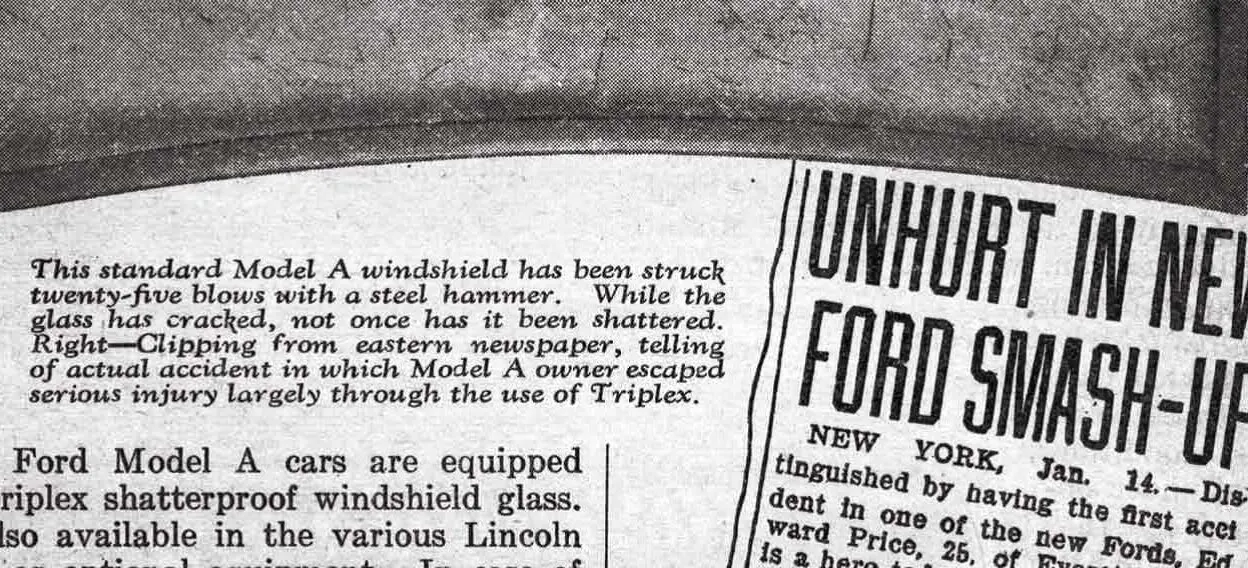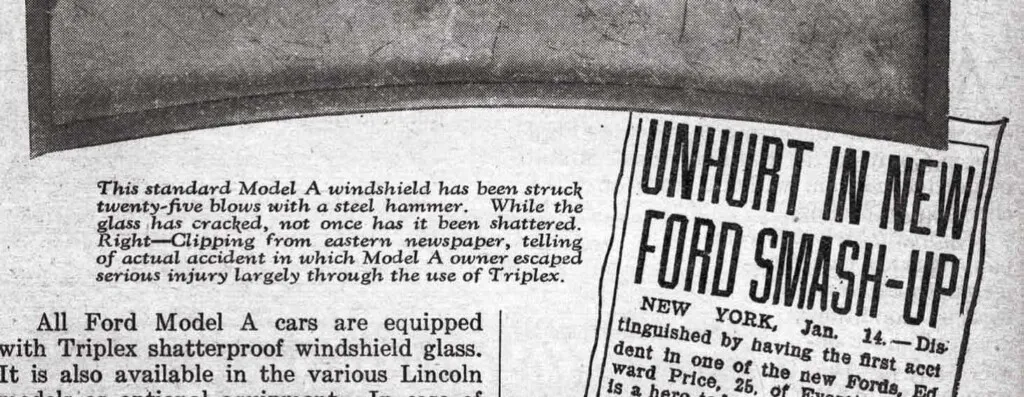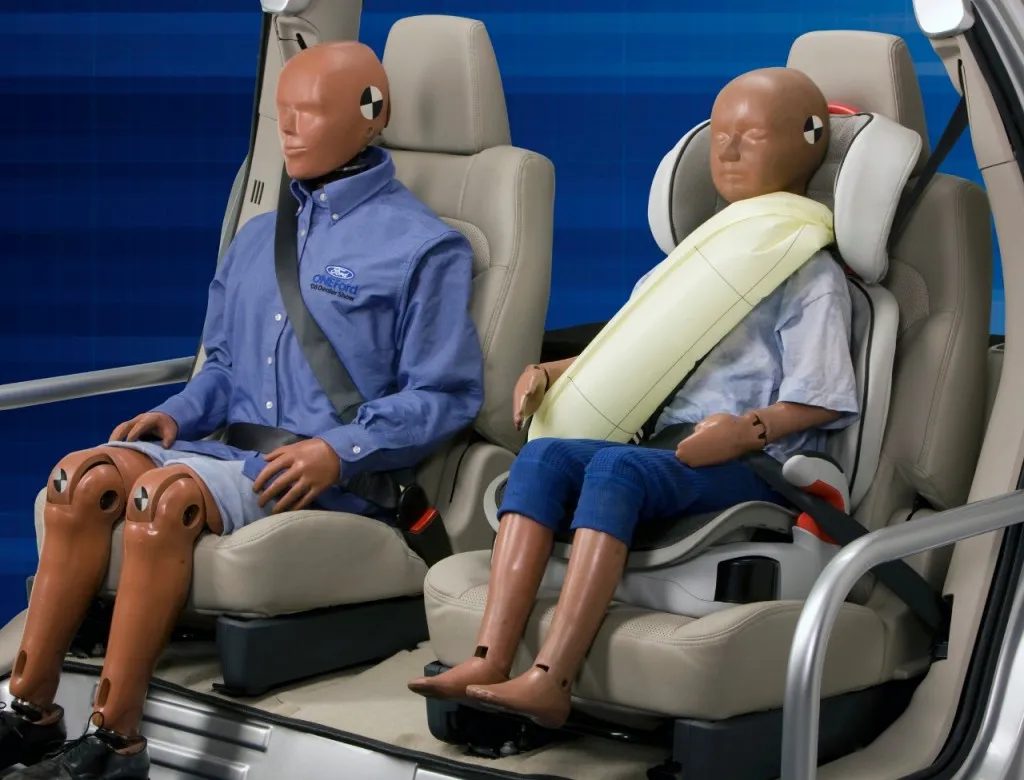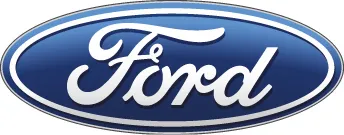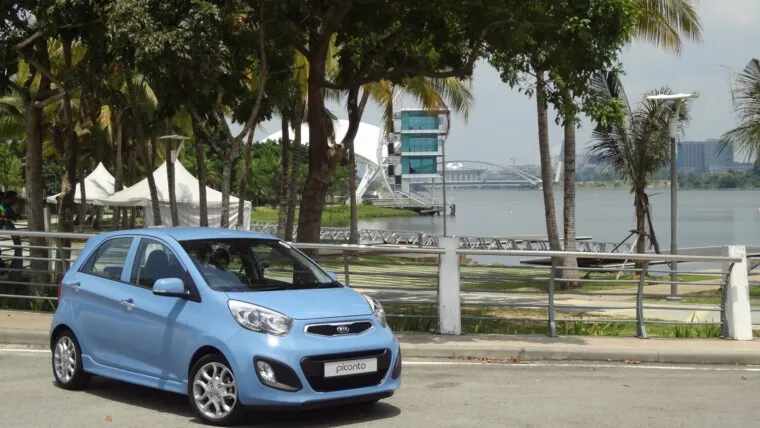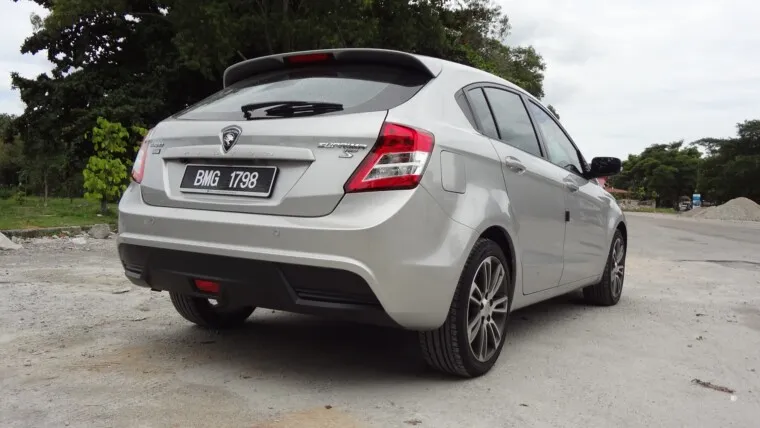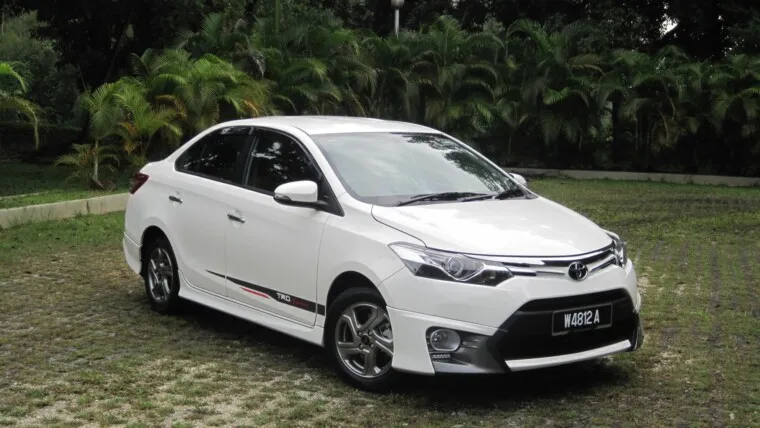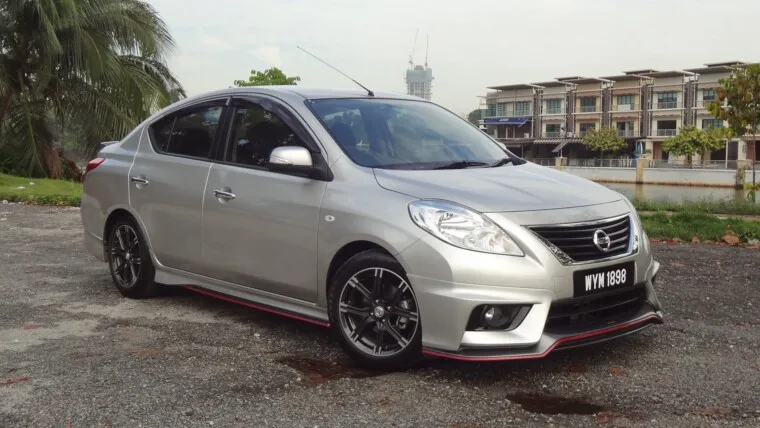The Ford Motor Company has long been an industry leader when it comes to developing and implementing advanced safety technologies. Since the day the company set forth on its mission to, as founder Henry Ford put it, “put the world on wheels,” safety has been a core of Ford’s product development. Ford is a company of firsts – the first mass-produced car (1909), the first company to use a moving assembly line (1913), even the first power sunroof (1971). Built into this legacy of firsts has been and will always be the industry-leading technology that keeps drivers and their passengers safe.
Ford’s Heritage of Safety Firsts
- In 1927, Ford was the first company to feature standard safety glass – designed to break into very small, rock-like pieces upon impact, rather than more dangerous shards or jagged splinters.
- In 1955, Ford was the first automaker to offer safety belts
- In 1957, Ford was the first automaker to begin airbag research and the first to offer a child restraint system, the Astro-Guard
- In 1968, Ford shook up the automotive industry again by becoming the first manufacturer to produce vehicles with anti-lock brake system, preventing wheels from locking up and skidding on slippery roads, helping drivers stop quickly.
- In 1970, Ford was the first U.S. manufacturer to provide three-point safety belts with automatic locking retractors.
- In 1993, Ford was the first to provide driver and passenger airbags as standard across most of its vehicles.
- With its 1999 model year vehicles, Ford became the first automaker to offer head and chest side airbags.
- In 1999, Ford was the first automaker to offer the safety belt-reminder technology, BeltMinder™. BeltMinder has been praised by the United States’ National Highway Traffic Safety Administration and the Insurance Institute for Highway Safety, who found that safety belt usage increased significantly in vehicles with the system, stating, “…if this feature were in every vehicle on U.S. roads, it could save about 700 lives each year.”
- Also in 1999, Ford was the first carmaker to introduce emergency trunk releases as standard equipment throughout its car line-up.
- Beginning with the 2002 ½ model year Ford Explorer and Mercury Mountaineer, Ford invented and was the first to offer the Safety Canopy, rollover-deploying side curtain air bags. Today, Safety Canopy is available on nearly all Ford SUVs and crossovers.
- In 2002, Ford was the first company to offer Roll Stability Control™, the most advanced vehicle stability feature in the world. It goes beyond most stability control systems by monitoring and controlling roll motion to reduce the risk of rollover. Today, Roll Stability Control is available on nearly all Ford SUVs, vans and crossovers.
- In 2011, Ford introduced the first-ever inflatable seat belts, designed to enhance protection for rear-seat occupants by spreading the crash force over five times the body area than conventional seat belts, reducing pressure on the chest and helping control head and neck motion.
- A recent safety innovation is Ford’s next-generation airbag, designed to provide advanced crash protection through the use of a reconfigured curve-shaped tether that pulls in the lower section to create a “pocket,” lessening the impact of the airbag on the driver’s chest and ribs. Ford’s side airbag system uses a combination of pressure- and acceleration-based sensors to predict severity of the crash and to deploy the side airbags.
- Ford employs a number of high-strength steels in key structural areas of select vehicles. These various steels are up to four times harder than normal high-strength steel, making them much stronger and stiffer, yet they are also lightweight, 10 to 15 per cent thinner than normal steel, enabling weight reduction and improved fuel economy without sacrificing strength. All Ford vehicles include boron steel in the door intrusion beams, helping protect occupants in side-impact collisions.These remarkable examples of Ford’s innovations in safety leadership reflect its promise to go further in finding useful, creative, high-tech solutions that protect those behind the wheel and in the cabin of every Ford. According to recent data, Ford has the most top U.S. safety ratings of any automaker, ever. This includes more Top Safety Picks than any other manufacturer in six years of testing by the Insurance Institute of Highway Safety (IIHS) and more National Highway Traffic Safety Administration (NHTSA) five-star ratings in more than 30 years of U.S. government testing.
Here are just few examples of recent safety accolades for Ford vehicles:
- The all-new 2013 Ford Focus earned a Top Safety Pick+ rating from the Insurance Institute for Highway (IIHS), one of only six small cars to earn top marks from IIHS. The Focus previously earned the U.S. federal government’s highest safety rating – a five-star Overall Vehicle Score from the National Highway Traffic Safety Administration.
- The all-new 2013 Ford Fusion earned a Top Safety Pick+ rating for its performance in the small overlap front crash test. This recognition is in addition to already being ranked a Top Safety Pick winner.
- In 2013, Ford dominated the Euro NCAP 2012 “best-in-class” safety awards, winning three out of seven categories, more than any other manufacturer. The all-new Ford Kuga, recently launched in Malaysia, topped the SUV sector; the Ford Transit Custom triumphed in the Business and Family Vans class and the new B-MAX was the join winner in the small MPV category.
- The 2012 Ford Fiesta received the maximum five-star safety rating in ASEAN NCAP inaugural frontal collision crash test.
- In 2012, Ford became the first car manufacturer to achieve six different Euro NCAP Advanced awards for outstanding technologies innovations on the new Fiesta, all-new B-MAX, C-MAX, Focus and all-new Kuga.
- In 2012, the all-new Kuga and the new Fiesta also achieved the maximum five-star safety ratings from Euro NCAP; the all-new Kuga achieved the higher-ever rating for a mid-sized SUV.
Today, keeping drivers and passengers safe from bad habits that endanger them while on the road is also a Ford priority. Personal technology devices like mobile phones, tablet computers, GPS devices, music players and others offer new ways for us to connect and communicate, but they can also have the unfortunate ability to take our eyes off the road and our hands away from the wheel. Ford is committed to reducing distracted driving by innovating safety technology designed to keep hands on the wheel and eyes on road – while keeping them connected with their communications and entertainment devices:
- Ford has worked with the Alliance of Automobile Manufacturers to develop driver-interface test methods and voluntary guidelines that address driver focus.
- Ford’s exclusive SYNC infotainment system offers hands-free, voice-activated control of music playback and phone calls to enable drivers to drive safer by keeping their eyes on the road and hands on the wheel. In Malaysia, SYNC is available on the recently-launched new Ford Fiesta, as well as the all-new Ford Kuga and the all-new Ford Focus.
- Ford’s exclusive BLIS (Blind Spot Information System) with cross-traffic alert uses radar to detect the relative position of other vehicles and warn the driver with a combination of visual and audio alerts. In Malaysia, BLIS is available on the all-new Ford Focus Titanium+ variant.
- Active City Stop uses a sophisticated sensor to scan the road ahead 50 times every second, helping prevent collisions at speeds up to 15 km/h and helping reduce the severity of impacts at speeds of up to 30 km/h. Active City Stop constantly monitors the gap to vehicles in front, calculates the risk of hitting a stationary or slow-moving object and pre-charges the vehicle’s brake system to deliver maximum braking response. If the driver does not respond, either by braking or evasive steering, the system simultaneously applies the brakes, reduces engine torque and activates the rear hazard lights. In Malaysia, Ford’s Active City Stop is available on the all-new Ford Focus Sport+ and Titanium+ variants.
- Introduced in early 2012, Ford’s lane-keeping technology that can detect if the vehicle is drifting too close to lane markings. If the vehicle veers too far, the driver will receive an alert through a vibration in the steering wheel; lane-keeping aid provides torque to steer the vehicle back towards the centre of the lane. A driver alert system also notifies the driver if it detects driving patterns typically associated with drowsiness.
Driving Skills for Life
Educating inexperienced drivers is also a major safety initiative for Ford. This year marks the 10th anniversary of Ford’s Driving Skills for Life (DSFL) program, partnering with schools and driving safety associations to reduce the number of traffic fatalities and injuries by teaching safe driving skills to licensed drivers of all ages. Ford DSFL driving clinics are held around the world, with professional driver instructors utilising specially-equipped vehicles that build skills in four key areas: driver distraction, speed/space management, vehicle handling and hazard recognition. Some highlights of the program include:
- In Ford’s DSFL program’s history, more than 550,000 new drivers globally have utilised DSFL’s online and professional hands-on driver education.
- Ford’s DSFL program is in its sixth year in Asia, with programs across the region. In 2012, more than 13,500 drivers were trained and more than 63,000 have been trained since the program began.
- In 2013, Ford’s DSFL launched an enhanced interactive Web-based training called “The Academy, available at www.drivingskillsforlife.com. In Asia Pacific, Ford is working to expand the use of social media and interactive Web-based tools.
Future of Safety
As for the future of vehicle safety, Ford is always at work pioneering and employing new ways to keep drivers and their passengers safe. In 2001, Ford was the first automaker in North America to invest in a full-motion-based driving simulator, known as the VIRtual Test Track EXperiment (VIRTTEX), allowing the study of driver reaction and behaviour in a controlled and safe laboratory setting. Ford is currently upgrading this simulator with improved image-rendering technologies and capability to study driver performance, helping in the development of current and future safety and driver aid technologies. A Ford exclusive, the simulator provides crucial information that has already been used in developing Ford’s various safety marvels, including drowsy driver alerts and lane departure warnings.
Ford has become a leader in the world of virtual safety research. Ford safety engineers in the U.S. and Germany crash-tested the new Ford Focus more than 12,000 times in real and virtual simulations to monitor and measure its new occupant safety technologies. Another safety initiative is Ford’s use and research of virtual crash-test dummies, known as Human Body Models. These are designed with precise detail to help simulate human response in automobile crashes. Ford is launching one of the world’s first research projects to create a digital model of a human child with more lifelike re-creations of the skeletal structure, internal organs and brain. As a child’s body is very different than an adult’s, a more lifelike model could help Ford researchers explore new safety technologies and improve occupant safety.
From revolutionary building materials and more effective airbags, to improved testing methods and the use of virtual technology, Ford is a true safety pioneer in the automotive world. The company’s tireless research, development, testing and innovating are the hallmarks of Ford’s promise to go further for its customers, offering class-leading vehicles that not only are a thrill to drive, but are also built to protect.
Ford vehicles have always been and will consistently be products of an enterprising spirit that has evolved to offer vehicles featuring some the industry’s highest levels of occupant safety, collision prevention and driver aid technology on the market today.
Text & Images courtesy of
About Ford Motor Company
Ford Motor Company, a global automotive industry leader based in Dearborn, Mich., manufactures or distributes automobiles across six continents. With about 180,000 employees and 65 plants worldwide, the company’s automotive brands include Ford and Lincoln. The company provides financial services through Ford Motor Credit Company. For more information about Ford and its products worldwide please visit www.corporate.ford.com.

